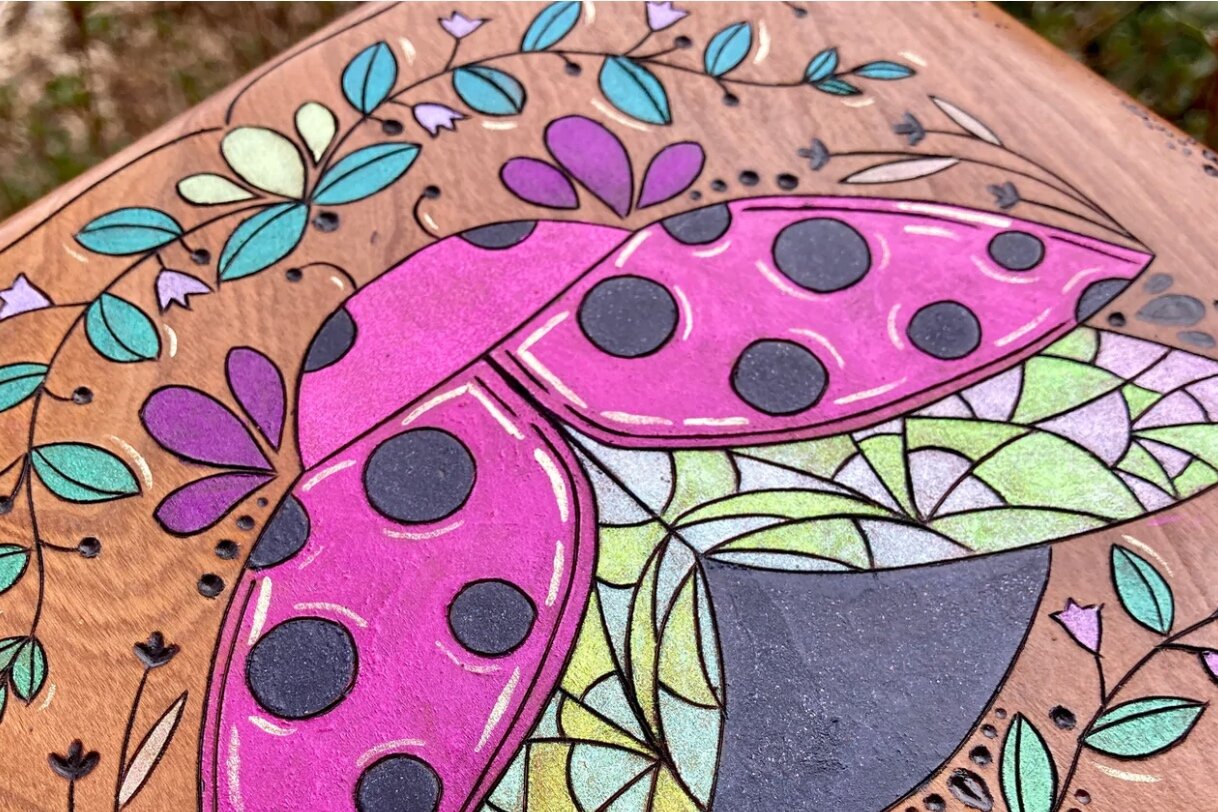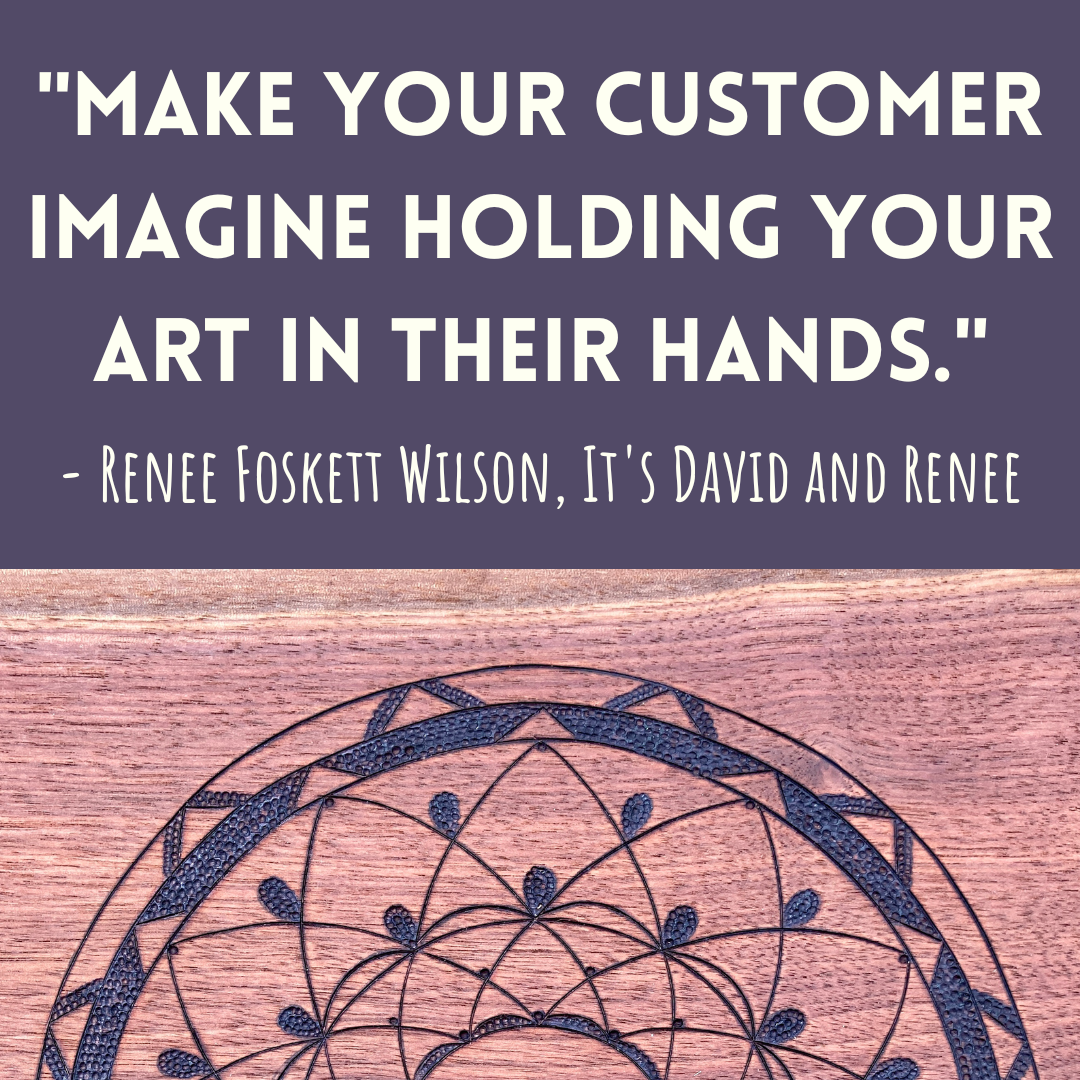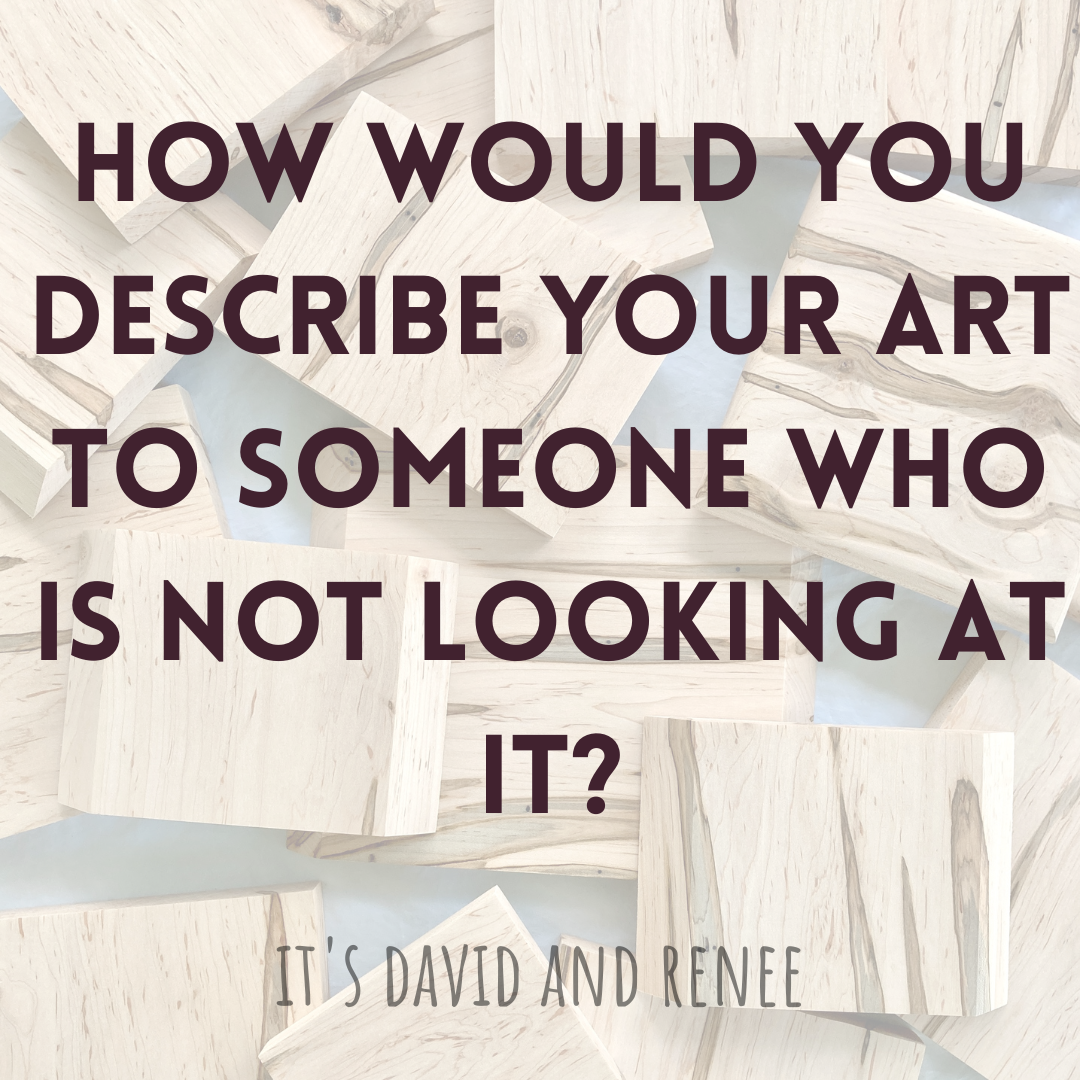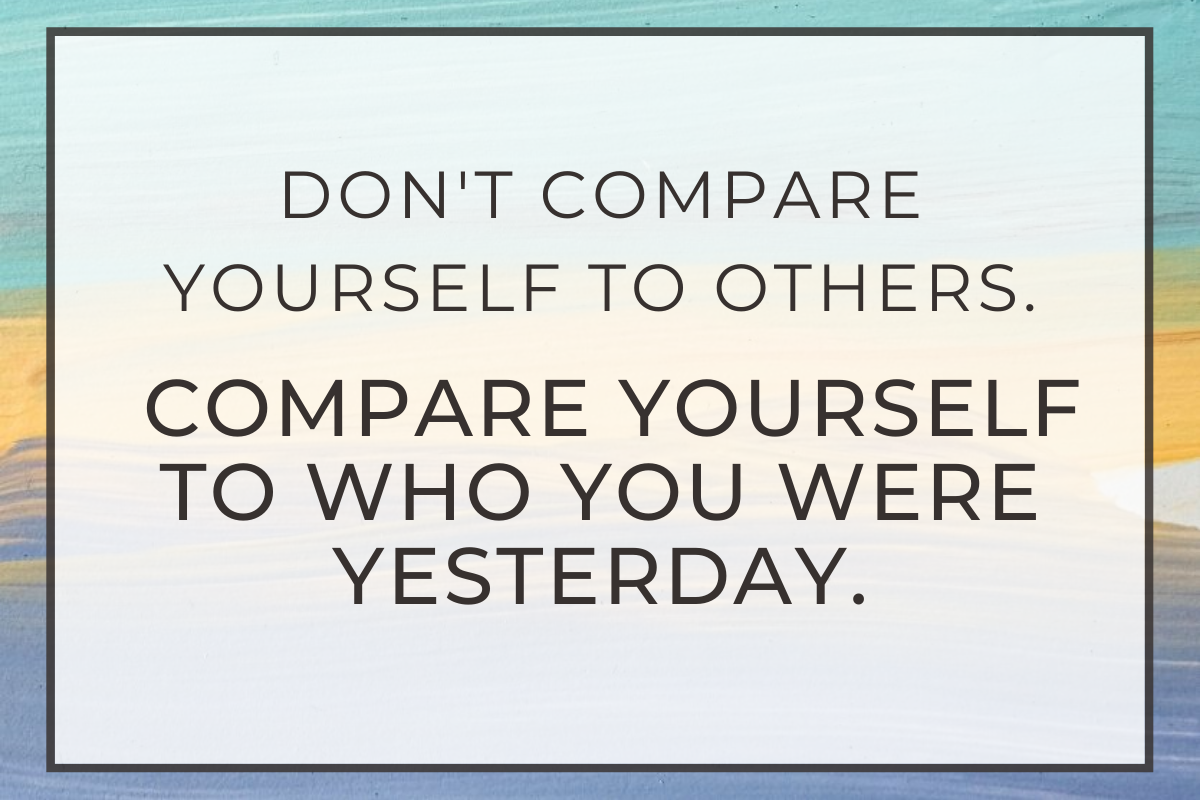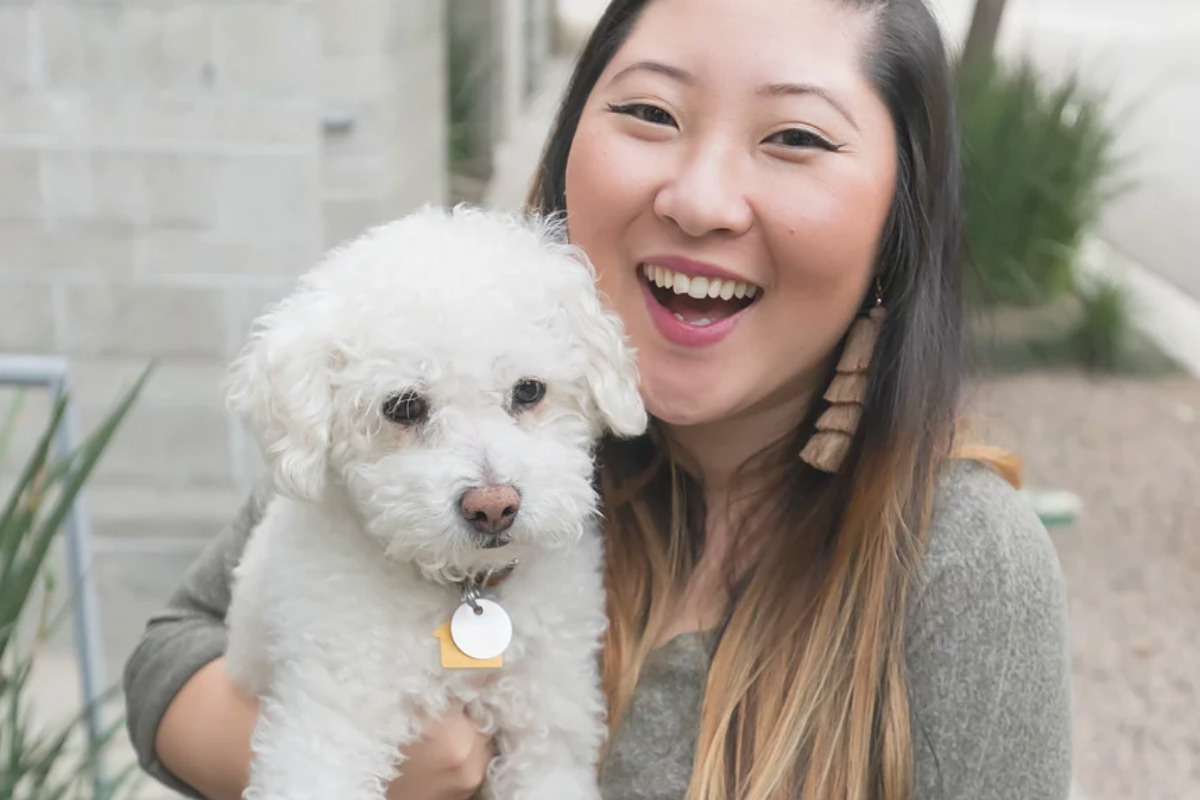Manifesting business goals involves applying the principles of the law of attraction to draw in the success, opportunities, and resources needed to achieve them. While some may dismiss it as fluff, it can genuinely lead to life-changing results. Even if you're skeptical about the 'magic' of manifesting, consider the logical aspect: regularly reminding yourself of your goals and maintaining a positive, motivated mindset helps keep you on track and fuels your drive to succeed.
Here are some steps you can take to manifest your business goals. They are not set in stone. Make them work for you. This is what has worked for us!
Set clear and specific goals
Define your business goals clearly and specifically, and write them down. Be specific about what you want to achieve, and by when. Check out our blog post on how to clarify your goals: Focus Five - The 5 Things That Describe Your Business
Visualize your success
Use visualization techniques to see yourself achieving your business goals. Imagine yourself already in possession of the resources, opportunities, and success that you desire. Basia loves creating Pinterest mood/vision boards to encapsulate her goals, and Rachel loves visualizing through a hand written goal list. Do what works for you!
Remind yourself daily what your goals are
A fun idea is to create a vision board. Place the board somewhere you see every day, like your office or bedroom.
Or, make a digital one! Leave it to the Pinterest Queen, Basia, to use Pinterest as her digital vision board to collect images that inspire and motivate her, and words that speak to her. She created her own affirmations, like this one here, (click here to see them), which then are easily enabled onto a phone, as a widget via Pinterest (they can even can rotate hourly on a daily basis) so every time you see your phone, you are reminded about what you want!
Make a digital collage and use it as as a screen saver.
Write them out and repeat them each morning to help reinforce them in your mind.
Write your goals on small index cards or sticky notes and carry them with you or place them around your workspace for constant reminders.
Journal daily
Use a habit tracker or planner to note down daily actions that align with your goals. Checking off progress will keep your goals top of mind.
Spend a few minutes each day visualizing yourself achieving your goals. Set an alarm if you are busy or forgetful, like me.
Share your goals with a friend, partner, or mentor who can help remind you and keep you accountable.
Practice gratitude
Be grateful for what you already have, and focus on the positive aspects of your business. This will help you maintain a positive and optimistic mindset, which is essential for manifesting success. Not only is it essential for manifesting success, but it also points out your current successes, which is so important. Rachel calls these her “Ta-Da List.”
Take action
While manifestation involves visualization and positive thinking, it's also important to take action towards your goals. Be proactive in seeking out opportunities and taking steps towards achieving your goals. Even taking the smallest steps towards reaching your goals is better than taking none. Rachel says “if it seems too big, then make the next step smaller, and do that.” Just keep going.
Surround yourself with positivity
Surround yourself with people and things that inspire and motivate you. This can include reading books or listening to podcasts that focus on success, networking with other business owners who share your goals, and creating a positive work environment. Basia and Rachel have weekly chats, where this happens, and it makes all the difference. Choose people who are turly in your corner! There are plenty in this community who would love to be a positive accountability partner to you. Just ask.
Let go of limiting beliefs
Let go of any limiting beliefs that may be holding you back. This can include negative self-talk, fear of failure, or a belief that success is not possible. This can be hard (like really hard), but whenever it pops up, remember that, it is the audacity to try that is what makes most successful people stand out from the rest, not necessarily talent. Don’t let yourself stop you.
Remember that manifesting success takes time and effort, but by staying focused on your goals, maintaining a positive attitude, and taking action towards your goals, you can manifest the success you desire in your business.























